The word "archetype" is derived from the Greek word archetypon which is made up of two root words. Arkhe means "first or original" and typos means "a model or a type". So the word archetype basically means an original model after which similar things are patterned. The concept of the archetype dates back to the time of the ancient Greeks. Plato's ideas for example were pure mental forms and they embodied the fundamental characteristics of a thing rather than its specific uniqueness.
Archetypes can be applied to many areas of life. In particular, the concept of psychological archetypes was advanced by Carl Jung, a Swiss psychiatrist in the early part of the 20th century. His notion of an archetype is that it is an innate, universal prototype for an idea which may be used to interpret observations. He considered archetypes as psychological organs that are analogous to physical organs in that both are morphological constructs that came about through evolution.
Jung has shown that archetypes are the primary life-motivating agents in the individual human psyche as well as in the overall psychological patterns of entire cultures. These archetypes are inherent in the psychological layer of human life and Jung called this psychic substratum the "collective unconscious".
Each person has an unconscious. Part of it is very personal and part of it is shared by all human beings. The personal unconscious is the part that contains personal memories and experiences that have been forgotten or repressed. The rest belongs to the collective unconscious which is a shared domain. This is simply that part of the unconscious that does not come from personal experience. This is also where archetypes are supposedly stored.
Jung believes that archetypes exist and remain in some kind of a human awareness independent of time and space. The collective unconscious in humans is something like an imprint, along the same lines as animal instincts. In animals, instincts tend to adapt and progress as evolution takes place because their needs change in response to changing forces in their environment. Human instinct is believed to undergo a similar process of evolution. The collective unconscious of humans is considered a more refined set of instincts and is filled with archetypes.
Within the collective unconscious, archetypes function as universal principles underlying the motivating force of psychological life. In both astrology and mythology these universal principles constitute the main field of study. The main difference is that in mythology the emphasis is on the various patterns of cultural manifestations of the archetypes whereas in astrology the essential archetypal principles themselves are used as language for understanding the fundamental forces and patterns in both individual and cultural life.
What then are universal principles? Many scientists believe that there is an invisible formative tendency or organizing principle within living things. Form is one of the oldest ideas of mankind. In the Middle Ages, each class of things was said to possess an essence, and essence is considered a source of activity. To understand anything one must penetrate sufficiently its essence or the ultimate pattern in which formless energy is organised into functional wholes. This formal pattern of the whole is always seen to determine the properties of its constituents.
In astrology, every individual is considered a whole with a unique expression of universal principles, patterns and energies. The zodiac was considered by ancient astrologers and philosophers as the soul of nature in that it gives form and order to life. Astrology is the language through which universal principles are expressed. It is also a way of perceiving form and order in the life of an individual person and it works by symbolizing each individual's oneoness with universal factors.
One of astrology's greatest value is that through an understanding of the universal forces operating in each of us, we can better understand the universal principles of life itself. While Science accepts fingerprints, electrocardiograms, electroencephalograms and genetic sequences as unique representations of physical energies, patterns and rythms, astrology uses the birth-chart as the tool to understand personal energies and rythms, and how they operate through the individual. No matter what label is used to designate these universal principles, the fact remains that such forces influence each of us from within and from without, and are best expressed through the vehice of archetypes.
Since archetypes are the foundation of all psychic life, they can be too subtle for immediate conscious comprehension. Therefore it becomes important that we have a language to describe their reality and understand how they function and what they mean to us. There is only one type of science that deals with such forces, and it is astrology.
Subscribe to:
Post Comments (Atom)




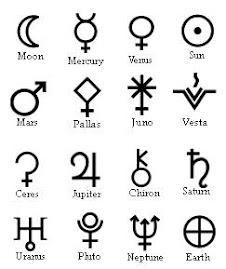



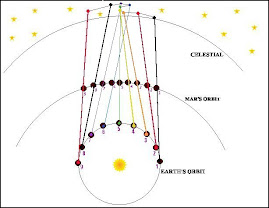

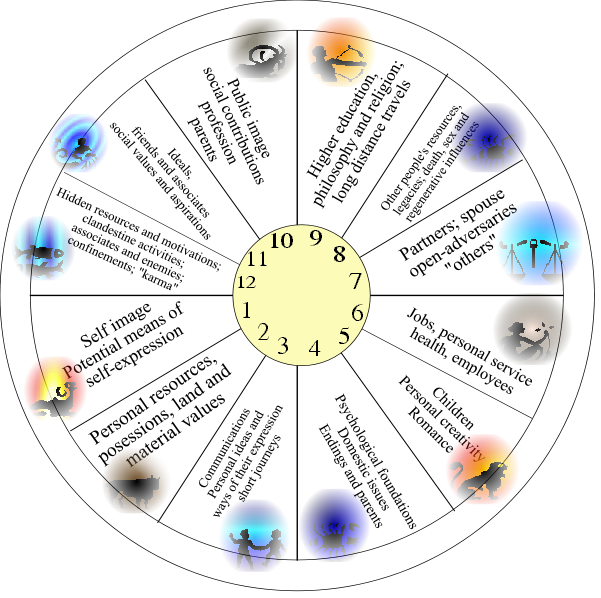
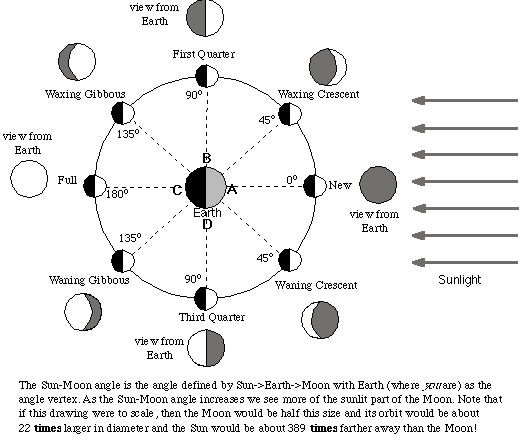
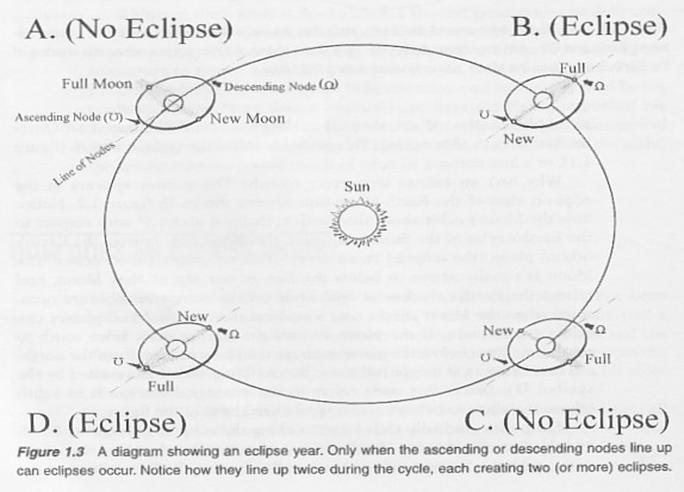


No comments:
Post a Comment